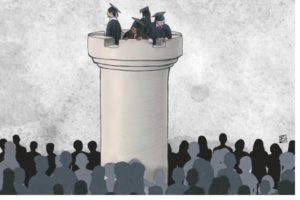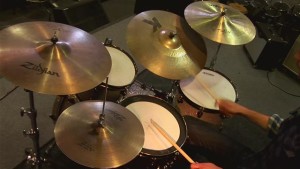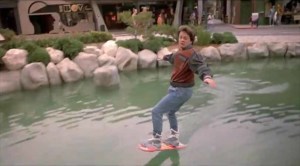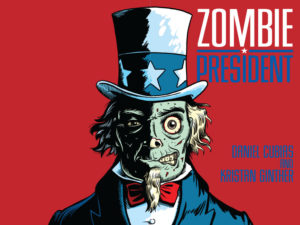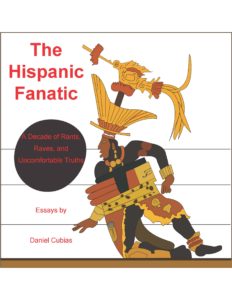For many of us, the first time we experienced sustained physical contact with a member of the opposite gender was in elementary school, during gym class. But it was not a thrill. It was awkward as hell. Because we were square dancing.
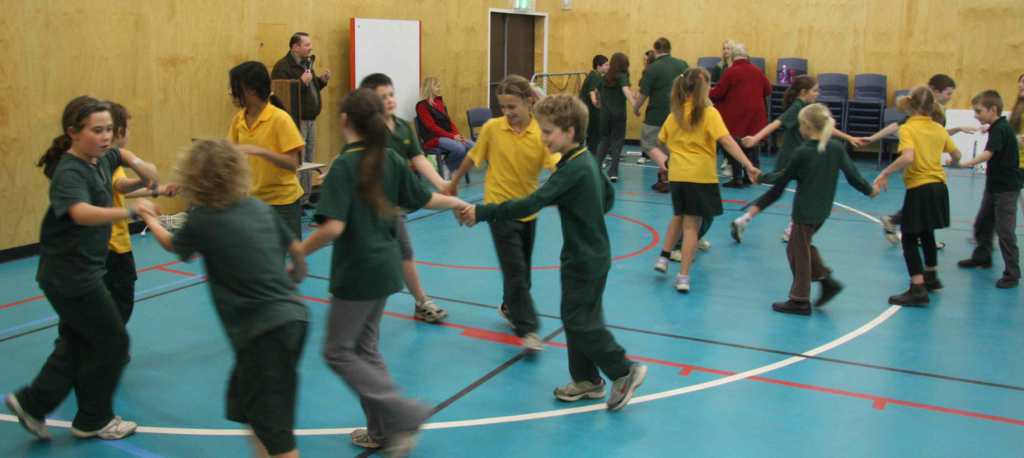
Yes, for decades, gym classes across America regularly took breaks from making kids run laps or humiliate themselves on the rope climb. Instead, garrulous gym teachers would shout out commands and force children to do-se-do and bow to their partners.
Everybody — and I mean everybody without a single exception — hated it.
We were told that square dancing taught coordination and cooperation while providing physical exercise. But like a lot of things we were taught in school, this was total bullshit.
It turns out that square dancing was crammed into public schools for exactly one reason. This southern-pride tradition was thrust into the curriculum as “a weapon of white supremacy against an anti-Semitic jazz dance conspiracy.”
To which I say, “Dude, what the actual fuck?”
Well, it turns out that a century ago, fabled businessman and noted bigot Henry Ford heard jazz, and he promptly declared it “a force for moral decay.” Ford, like virtually all rich white guys throughout history, hated young people having fun, especially if there was a possibility of the races intermingling. And the jazz halls provided exactly that opportunity.
Ford believed that jazz’s “sly suggestion, the abandoned sensuousness of sliding notes, are of Jewish origin.” But in addition to being weird and anti-Semitic, this statement is also factually wrong.
Black people invented jazz. In fact, they also invented square dancing (which Ford did not know), but white people took it over in an act of appropriation “that’s repeated every generation since with blues, rock, rap and countless other black innovations.”
Of course, Ford hated black people too, and he believed that square dancing was “more white and more gentile [and] would make people more moral again.” So the auto magnate “sparked a national movement by pouring a small fortune into revitalizing square dancing in the 1920’s, decades after it was abandoned by American pop culture.”
Ford’s main motivation for doing this, in the words of historians, was because “he was creepy and racist and hated Jewish people.”
Over the decades, square dancing took hold in the nation’s schools, and in the 1980s, it was declared the national dance of America. Ford had succeed in creating “a vision of a racially homogenous future using a fable about an America that never existed.”
Thus we have the disturbing origin story of a loathsome activity that traumatized generations of school kids.
But it’s more than that.
It is proof that nothing is neutral when it comes to our public schools. There is a reason behind everything.
Considering that white supremacy influenced gym class, it’s absurd to believe there is an objective way to teach anything in school.
Conservatives know this. That’s why they insist that schools are indoctrinating kids simply by telling them facts. It’s why parents threaten physical violence if racism is ever mentioned in class. It’s why politicians eliminate AP courses because they supposedly enforce a left-wing agenda. It’s why teachers can’t say gay.
Conservatives have “framed a crusade against inclusive learning plans as intending to protect white students — and even adult employees — from feeling discomfort or guilt.”
In truth, conservatives “are deeply invested in upping the hysterics and gutting enlightened education in their effort to create ignorant right-wing fanatics.”
The elevation of certain activities, and the denigration of others, has a long history in public education. It permeates every lesson plan and soaks through every syllabus.
All the decisions about educating children have political and cultural ramifications. To deny this is to deny reality.
And if you don’t believe me, just ask all those kids who had to allemande left and hop to the corner. We’re still angry about it.


